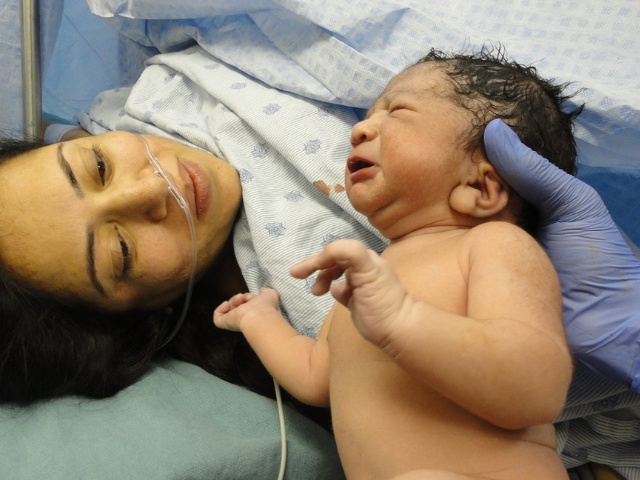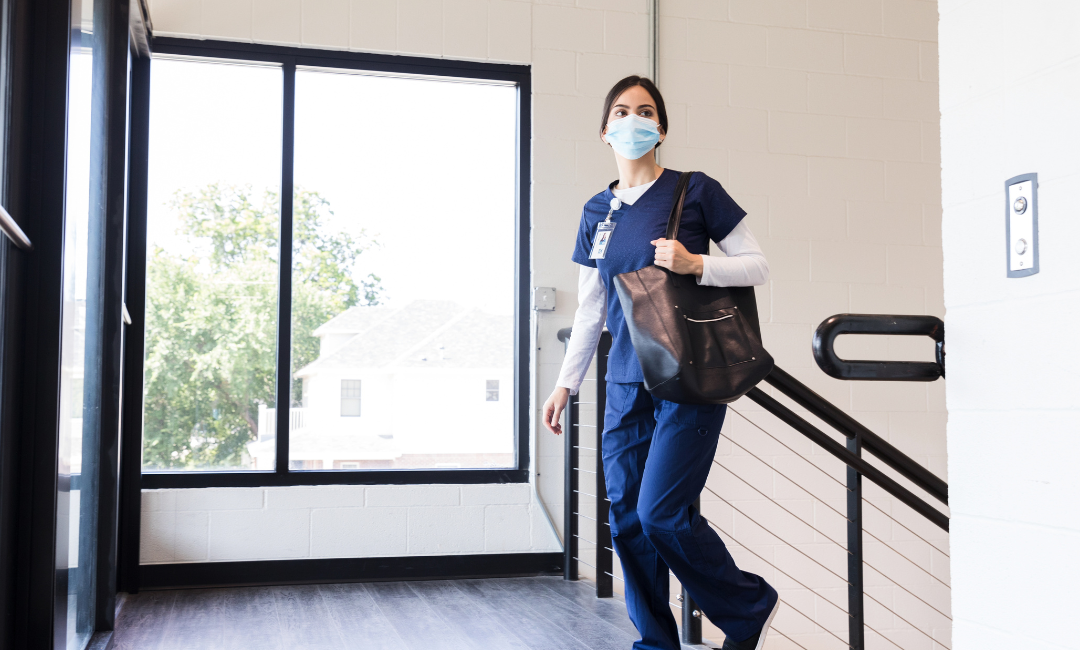Are you ready to be a baby-catcher? I have been a labor and delivery nurse for almost 20 years. Oh, the stories!
Like many of you, I loved my clinical rotation on the labor and delivery unit while in nursing school. It sure beat out chest tubes and wound care for me — all of the beautiful, precious babies and wonderful memories. Regarding qualifications, you must already possess your RN degree/license or be close to finishing. I have found that many hospitals require some experience as a nurse before you apply, but you might be lucky enough to find a position that will take new grads.
If you have your Basic Life Support (BLS) and Neonatal Resuscitation Provider (NRP) certifications, that’s awesome, but it is not usually required. You will receive that training during orientation or within your first six months. You will also receive training in Electronic Fetal Monitoring, and after you gain some experience, you might want to become certified in this as well. Another recommended certification is inpatient obstetrics. Completing all possible certifications in a field you are interested in is never a bad idea.
As a labor and delivery nurse, you should be patient, considerate, flexible, and open to daily changes. This is an experience each family will talk about for the rest of their lives, so you must understand the importance of your job. You might start the day with a patient who delivers, and after they have recovered, admit an induction patient or take a patient to the operating room for a cesarean section. Being flexible is crucial.









